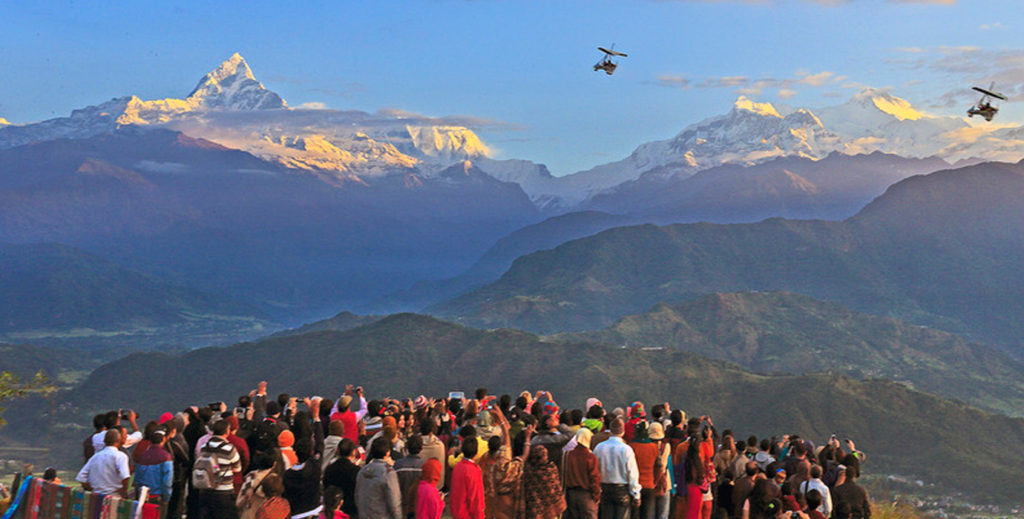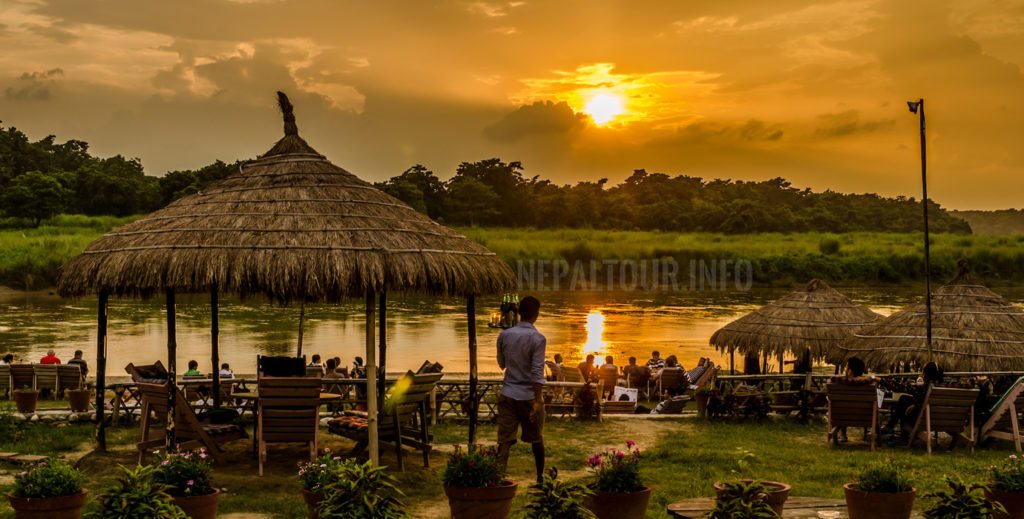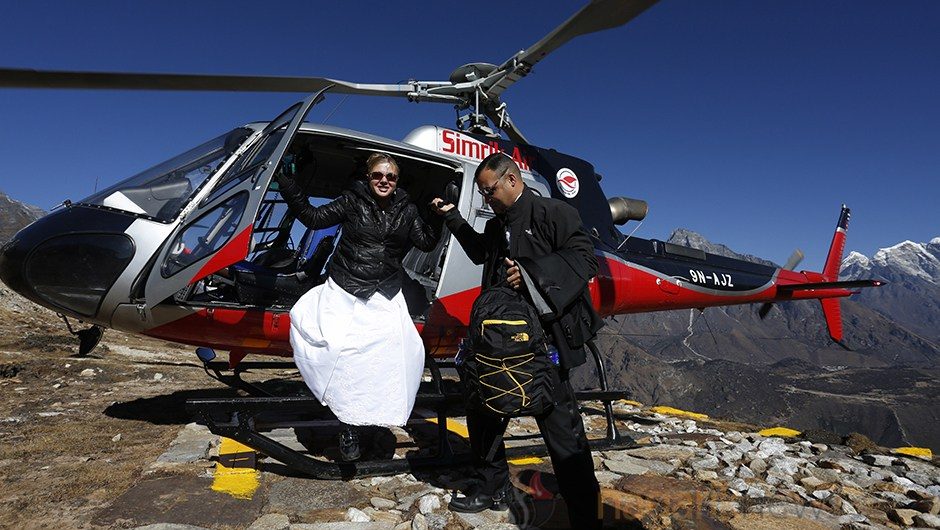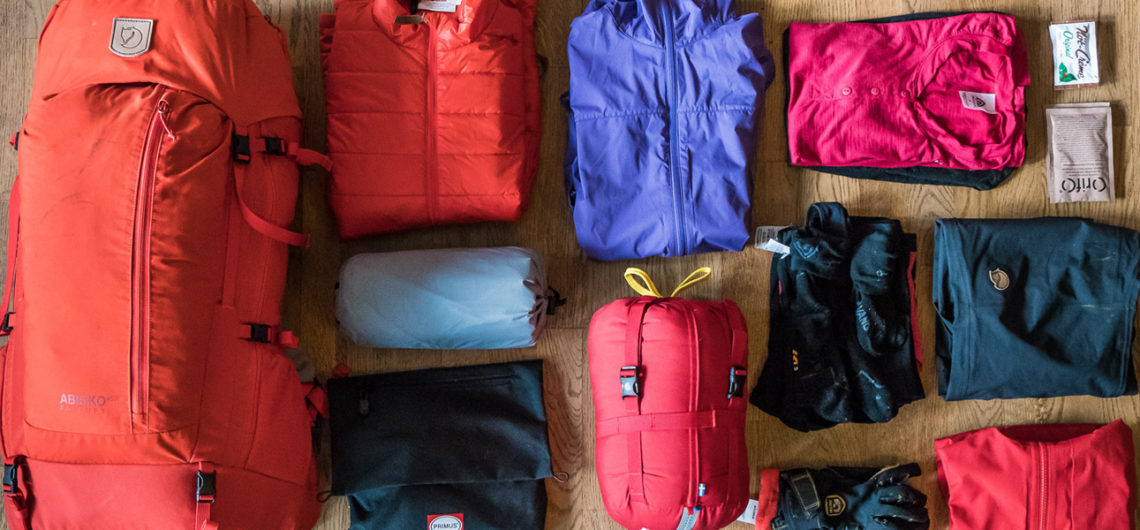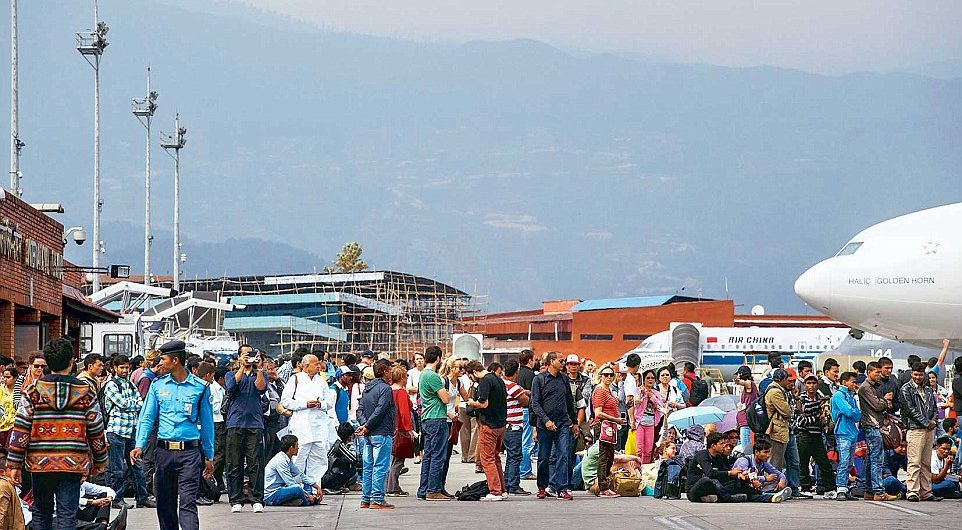When is the best time to trek Nepal is a tricky question; the summer monsoon (June – Sept), though brings growth and freshness, but is sadly best avoided by trekkers. Nepal might be one of the smallest countries in the world, but it is also the land of the extremes. The country’s terrain ranges from the fertile Terai region at 700 meters to the highest point on earth, the Everest at 8848 meters. This diversity also applies to the weather pattern or the seasons of the country. The Terai region of the country is humid for most of the year where the temperature can rise up to 45 degrees Celsius during summer. The middle hilly region has a moderate climate with pleasant weather all year around. The northern Himalayan region has an alpine climate with very cold winters and huge drops in temperature over 3300 meters.
There are two main trekking seasons in Nepal: the spring, late March and April, which is beautiful because the rhododendrons and other flowers are in full bloom and the days are longer, and autumn, which starts in late September through to early November. The autumn is colder and the days are shorter, but you get much better clarity with really clear skies. November and December are perfectly good skies for trekking, but it will be colder; the upside is that the normally very busy trails, like Annapurna Base Camp and Everest Base Camp, will be much less busy then.
Technically you can go trekking in Nepal at any time of the year. There are no restrictions. However, each season in Nepal will deliver a different looking landscape, environment and experience. Trekkers in spring enjoying Upper Mustang Trekking. You’ll also need to prepare a little bit differently depending on what month or season you planning to go trekking (don’t worry we cover that here along with climate change issues). The most popular times with optimal trekking experiences are divided into four “peak seasons”.
Autumn (September-November)
Autumn season is considered as the best trekking season for the trekking in Nepal. September, October and November are fall in this trekking season in Nepal. During in this season offers excellent weather and tantalizing mountain views. Temperature is moderate, making it a good time for any trekking. The sky is generally clear with outstanding views. Occasionally short storms may dump considerable snow at high altitudes.
Winter (December-February)
Generally, the days are clear in winter season in Nepal. December, January and February months are cold days in mountain. In winter season in Nepal is usually snow fall in the higher elevations with risk winds and colder temperatures. Hence is ideal for trekking in the lower elevation. If you are looking for suitable and incredible scenery, this is a great time to Trek in lower elevations.
Spring (March-May)
Spring season in Nepal is also considered as the best season to do the trekking and mountain climbing. In this season offers different varieties of wild flora blossoming of the giant rhododendrons above 3000m and hunting paradise during this season, which makes higher altitude trekking more comfortable and interesting. It is mildly warm at lower elevations and quite moderate temperature at higher elevation over 4000m, which provides spectacular and excellent Mountains view. March, April and May months are fall in this trekking season in Nepal
Summer (June-August)
June, July and August months are main rainy season in Nepal and involves monsoon with heavy rainfall which makes trekking conditions unfavorable.This season is ideal time for trekking and tour to Tibet however, in some Trekking regions of Nepal connecting to Tibet and desert parts of Nepal like Mustang, Nar-Phu valley and Dolpo region are best season to do trekking which is summer trekking a great alternative behind the Himalayas rain shadow area.
Nepal Tours advice:
There are two major factors to weigh as you decide when to go to Nepal: crowds and weather. As a general rule, the better the weather, the more people come to Nepal to go trekking. During the high tourist season in October and November, flights and hotels are fully booked and hotels and trails in the hills can be horrendously busy. During autumn the nights are cold in the mountains, but the bright sun makes for pleasant day temperatures – in the high 20s° C, falling to 5° C at night, between 2500 meters and 3500 meters. At higher altitudes temperatures range from about 20° C down to -10° C. Mornings are usually clear with clouds building up during the afternoon, disappearing at night to reveal spectacular starry skies.
Whilst it’s possible to trek all year-round in Nepal, the best time to trek Nepal is in the peak seasons as they are warmer and provide the best opportunity for clear vistas. If you don’t like the thought of the crowds then we would suggest taking other less-trodden routes such as the Gokyo Lakes Trek to Everest Base Camp. Most tour companies will not trek during the off-peak seasons and you will need to find alternative guidance. At Nepal Tours, we can arrange private treks during the off-peak seasons but would advise only experienced trekkers to trek Nepal in the winter period as the temperatures get very low and many routes will be snow covered.
Click here for a detailed weather forecast for Nepal.

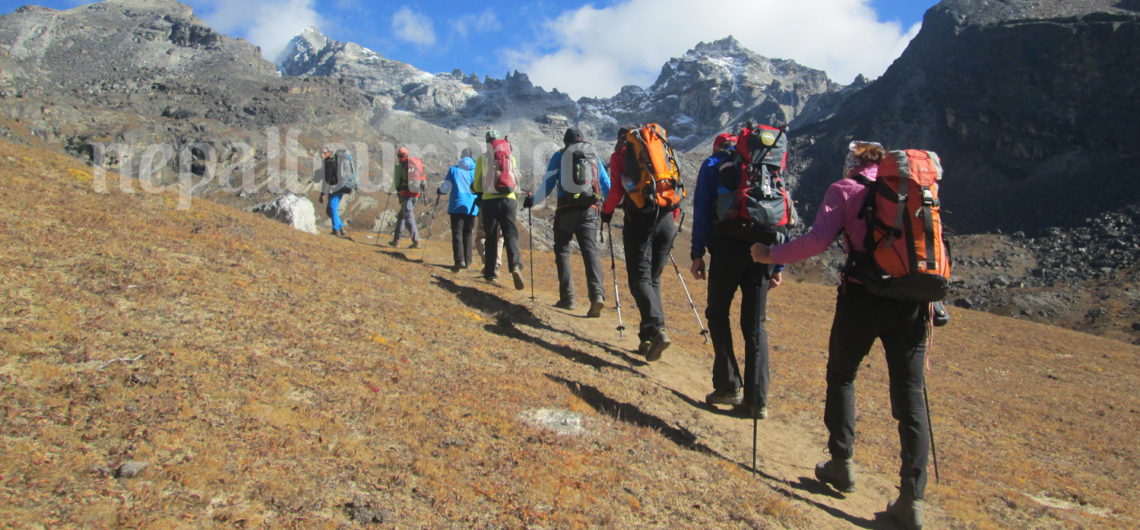
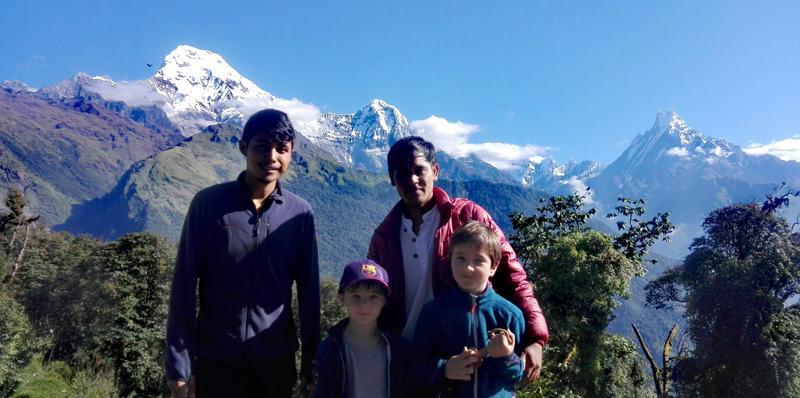
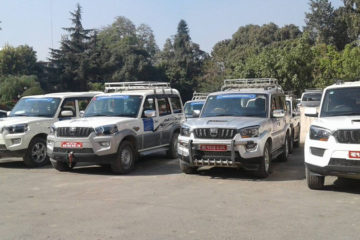
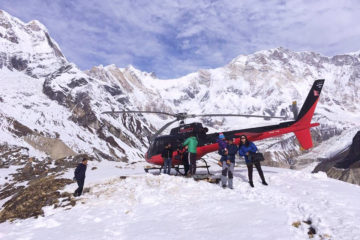
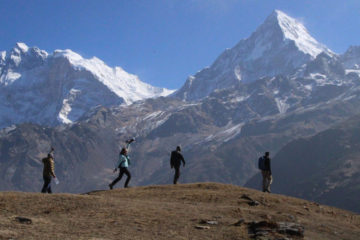
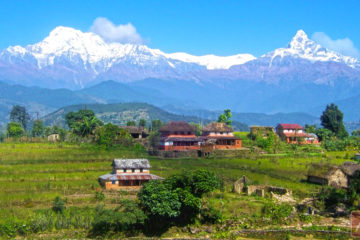
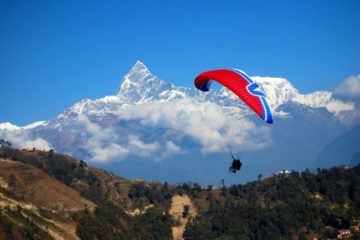
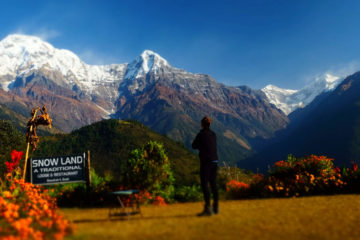
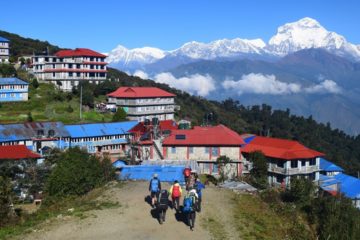
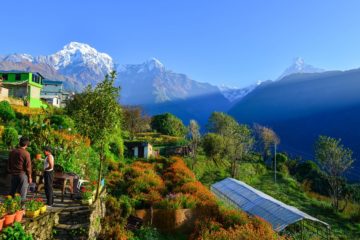
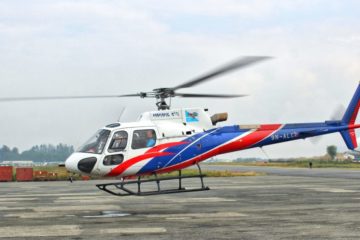
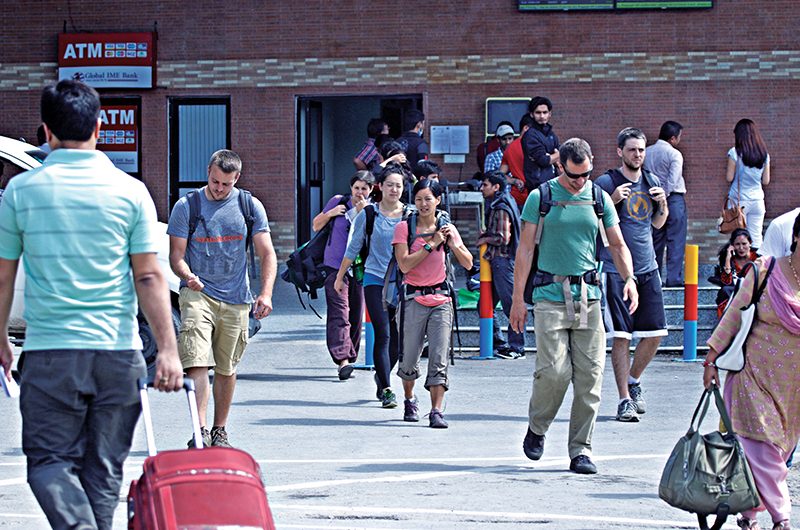
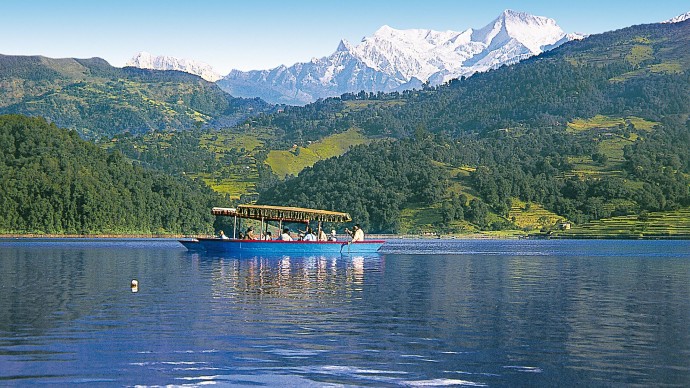
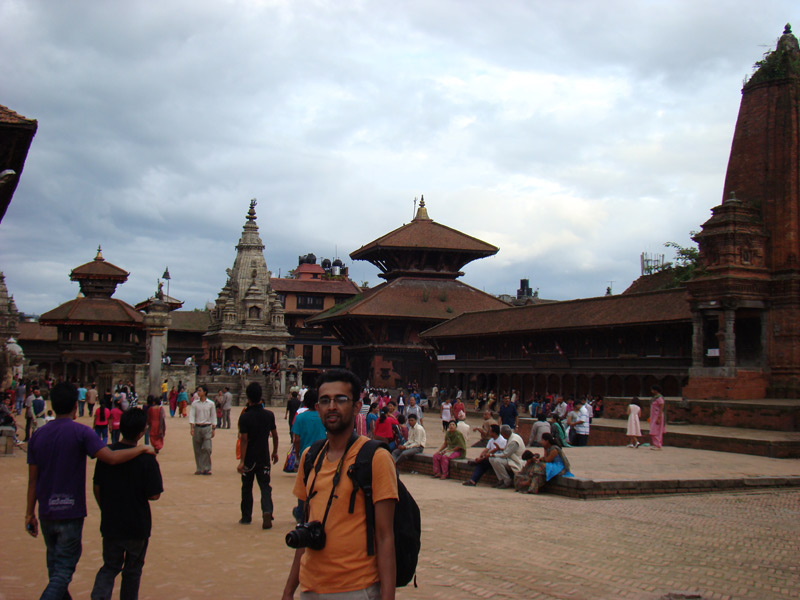 There’s also the chance to take part in a lesson on how to make your own scarf, this is a traditional activity here. A DIY hiking backpack guide would also be really helpful since you’re probably going to do quite a bit of walking here. This would be great for snack storing, as you can also go on a food tour. The Nepalese cuisine is extremely aromatic and rather different from Western cuisine, so you’ll see the best hidden locations with the most delicious treats.
There’s also the chance to take part in a lesson on how to make your own scarf, this is a traditional activity here. A DIY hiking backpack guide would also be really helpful since you’re probably going to do quite a bit of walking here. This would be great for snack storing, as you can also go on a food tour. The Nepalese cuisine is extremely aromatic and rather different from Western cuisine, so you’ll see the best hidden locations with the most delicious treats.